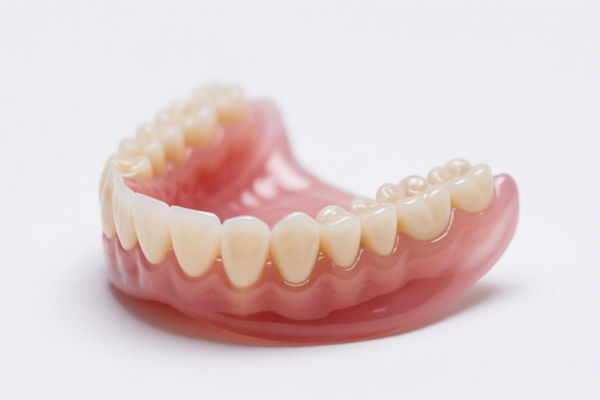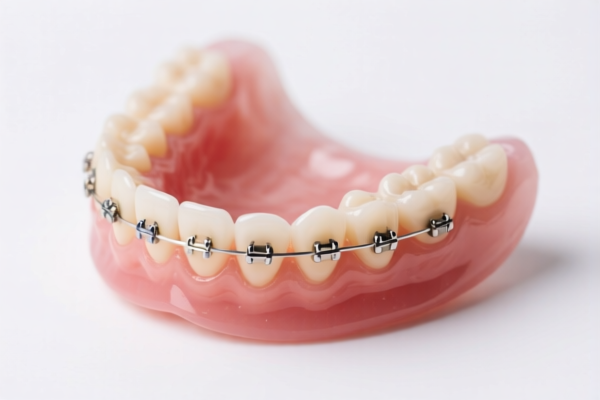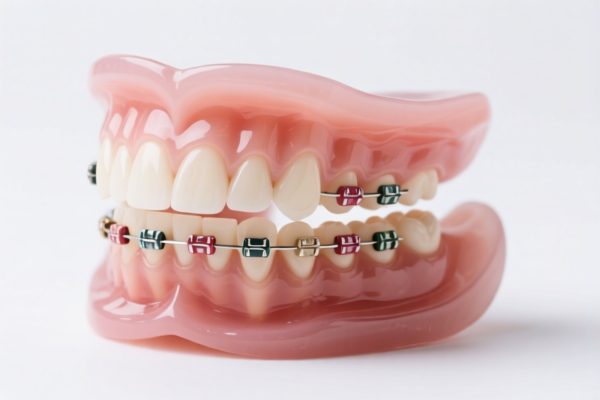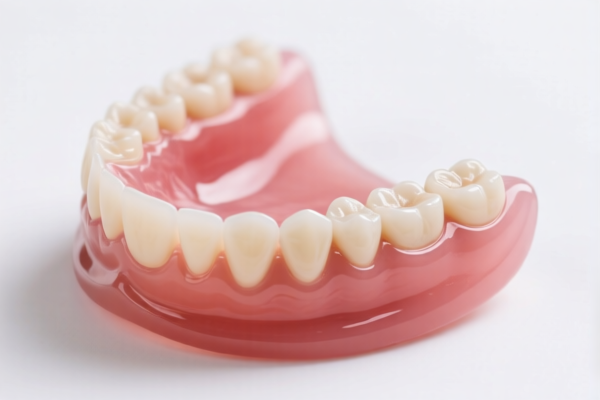| HS Code | Official Doc | Tariff Rate | Origin | Destination | Effective Date |
|---|---|---|---|---|---|
| 3924900500 | Doc | 40.6% | CN | US | 2025-05-12 |
| 3005905090 | Doc | 30.0% | CN | US | 2025-05-12 |




Okay, here's a breakdown of the HS codes and tax implications for your declared items, presented in a structured and easy-to-understand format. I'll also provide some important considerations for customs clearance.
Overall Summary: You've declared two distinct types of items: plastic tableware/kitchenware and medical/dental articles (likely related to oral hygiene). The tax rates differ significantly between them.
Item 1: Tableware, kitchenware, other household articles and hygienic or toilet articles, of plastics
- HS Code: 3924.90.05.00
- 39: Plastics and articles thereof. This broadly categorizes the material of the goods.
- 24: Tableware, kitchenware, other household articles and hygienic or toilet articles. This specifies the type of plastic article.
- 90: Other. This indicates the item doesn't fall into more specific subcategories within 3924.
- 05.00: Further specifies the item as Nursing nipples and finger cots.
- Tax Details:
- Base Tariff: 3.1%
- Additional Tariff: 7.5%
- Tariff after April 2, 2025: Additional Tariff increases to 30%
- Total Tax: Currently 40.6% (3.1% + 7.5%) but will increase to 33.1% after April 2, 2025 (3.1% + 30%).
- Important Considerations:
- Material Verification: Ensure the items are entirely made of plastic. If any metal components are present, the HS code may need to be revised.
- Single Price: Confirm the declared unit price is accurate. Customs may scrutinize prices to prevent undervaluation.
- Certification: Depending on the intended use (e.g., for infants), you may need to provide certifications related to material safety (e.g., BPA-free certification, food-grade plastic certification).
Item 2: Wadding, gauze, bandages and similar articles (for example, dressings, adhesive plasters, poultices), impregnated or coated with pharmaceutical substances or put up in forms or packings for retail sale for medical, surgical, dental or veterinary purposes
- HS Code: 3005.90.50.90
- 30: Mineral fuels, mineral oils and products of their distillation; bituminous substances; mineral waxes. (This might seem odd, but this chapter also includes medical/dental articles made from certain materials).
- 05: Wadding, gauze, bandages and similar articles. This specifies the type of article.
- 90: Other. This indicates the item doesn't fall into more specific subcategories within 3005.
- 50.90: Further specifies the item as Other Other.
- Tax Details:
- Base Tariff: 0.0%
- Additional Tariff: 0.0%
- Tariff after April 2, 2025: Additional Tariff increases to 30%
- Total Tax: Currently 0.0% but will increase to 30.0% after April 2, 2025.
- Important Considerations:
- Medical Purpose Documentation: Crucially, you must be able to demonstrate that these articles are genuinely for medical, surgical, or dental purposes. This could include:
- Product Descriptions: Detailed descriptions of the intended use.
- Intended Recipient: Documentation showing the goods are being supplied to a hospital, clinic, or dental practice.
- Regulatory Compliance: Depending on the specific articles, you may need to provide documentation showing compliance with relevant medical device regulations (e.g., CFDA registration if importing into China).
- Material Composition: Confirm the material composition. If the articles contain significant amounts of plastic, the HS code may need to be reviewed.
- Packaging: Retail packaging for medical use may require specific labeling and documentation.
- Medical Purpose Documentation: Crucially, you must be able to demonstrate that these articles are genuinely for medical, surgical, or dental purposes. This could include:
General Advice:
- April 2, 2025 Tariff Changes: Be aware of the upcoming tariff increases. If possible, consider accelerating shipments to avoid the higher rates.
- Accurate Declarations: Ensure all declarations are accurate and complete. Misdeclarations can lead to delays, penalties, and even seizure of goods.
- Supporting Documentation: Gather all relevant supporting documentation before shipment. This will streamline the customs clearance process.
- Customs Broker: Consider using a licensed customs broker in China. They can provide expert guidance and assistance with all aspects of customs clearance.
Disclaimer: I am an AI assistant and cannot provide definitive legal or customs advice. This information is for general guidance only. You should consult with a qualified customs professional for specific advice tailored to your situation.
Customer Reviews
Really detailed information about both HS codes. I especially appreciated the 'Important Considerations' section - reminding about material verification and single price declaration. Definitely a resource I'll be using again.
The tariff rate explanation for 40.6% (and the upcoming change) was very clear. I’m exporting denture box sets and wanted to double-check the code, and this confirmed everything. The image examples were a nice touch too!
I found the information for HS Code 3005.90.50.90 really useful. It’s good to see the specific documentation they mention needing for medical purpose verification. It’s a bit technical, though, so could maybe be simplified a little.
This site is a lifesaver! The breakdown of HS Code 3924.90.05.00 was exactly what I needed to understand the tariffs on plastic tableware for a shipment to the US. The detail about the April 2nd changes is super helpful.